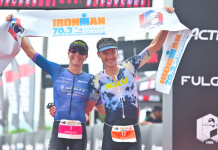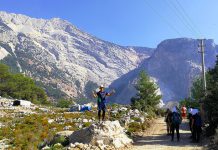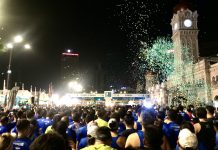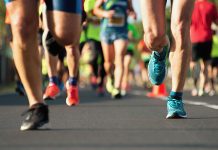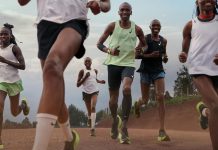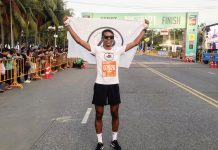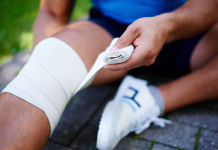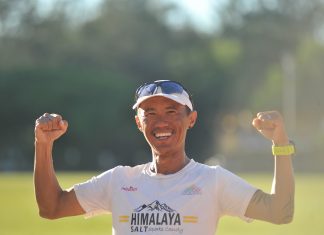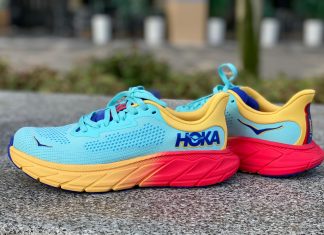If you have been an avid runner, you must have experienced the mysterious leg pain. It’s very common for runners to experience muscle soreness or stiffness 24 to 48 hours after running or any other types of exercises, especially if they are new to running or have increased in distance or intensity.
Essentially, it is called delayed onset muscle soreness (DOMS), it will go away on its own after a few days, but there are ways to help speed up the process.
So what is DOM? It is muscle soreness that comes on days after any triggering events. Most people experience DOMS after exertion with the feeling of sore, tight, stiff and painful muscle aches. According to Zeth Pugh, a certified neuromuscular therapist, explain: “ Delayed-onset muscle soreness has plagued workout aficionados, athletes, and runners since the dawn of time. And it can confuse to identify the difference between an injury and just sore muscle.
What causes runners to get DOM? It is caused by the controlled elongation of muscle tissue from strenuous running or exercise. For instance, you haven’t trained over a couple of years, and you have gone straight for a 10km run, running faster or longer distances than you used to. Other factors, such as nutrient deficiency, dehydration, inflammation, sleep deprivation, or significant stress can trigger DOM.
It is hard to prevent DOMS but there are ways to mitigate it, and here’s how;
1. Gradually increasing volume
Runners who ease into their training have a lesser risk of getting injured and muscle soreness.
When runners go too hard too soon, their bodies cannot handle the load. If you’ve been sore, try easing to a gentle run to increase blood flow to recover your muscle and decrease the effect of DOMS.

Image via : Johns Hopkins
2. Resting between harder sessions
Most runners know to not run a two-day hard session in a row but instead, have an easy recovery run day in between.
The likelihood of getting an injury or soreness from running hard two days in a row is much higher if you don’t give your legs enough time to rest and recover.
This can end up decreasing your ability to get stronger and faster as your muscles never have a chance to build themselves back up.
3. Warming up & Cooling down
Runners who do proper warm-up involving dynamic stretches, running drills, foam rolling, mobility exercises, or light jogs have a lower risk of DOMS.
Image via : Pivotal Motion
4.Fueling
Fueling your body properly also helps to reduce the risk of DOMS. Make sure after your long runs, fuel your body with proper nutrients such as protein and potassium to help rebuild muscle and reduce inflammation.
5. Sleeping
Your body recovers and gets better when sleeping. You actually break your body down when running hard or lifting and it’s going to need time to rebuild and recover.
For more information please scan me (QRCode).

For further inquiry please contact us: Max 012-2969969, Christine 012-3590048 or YG 016-2020911.






